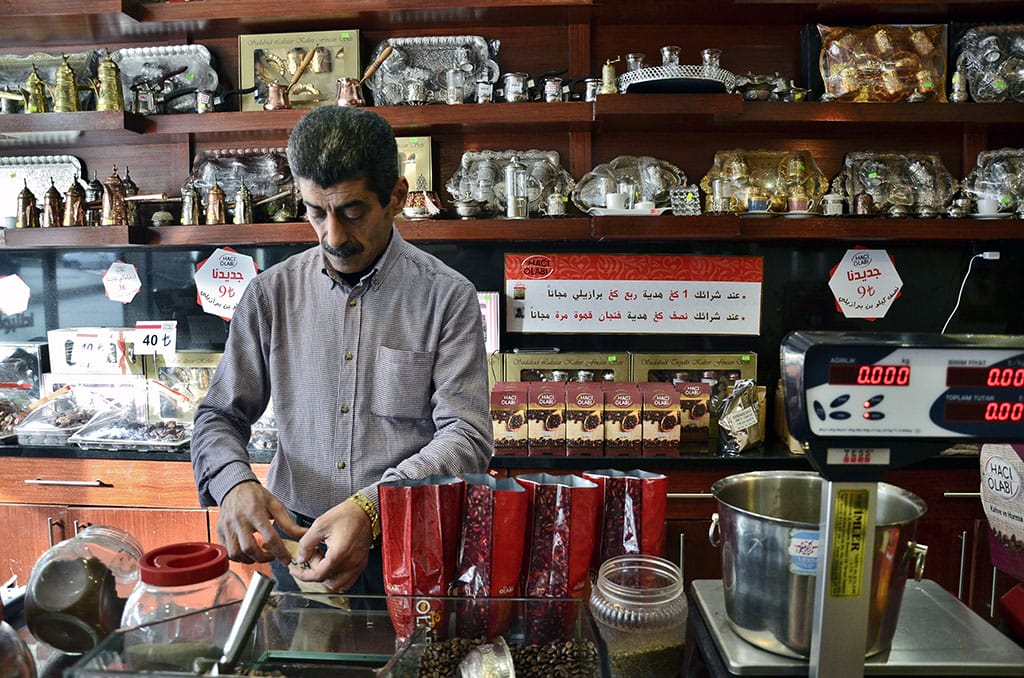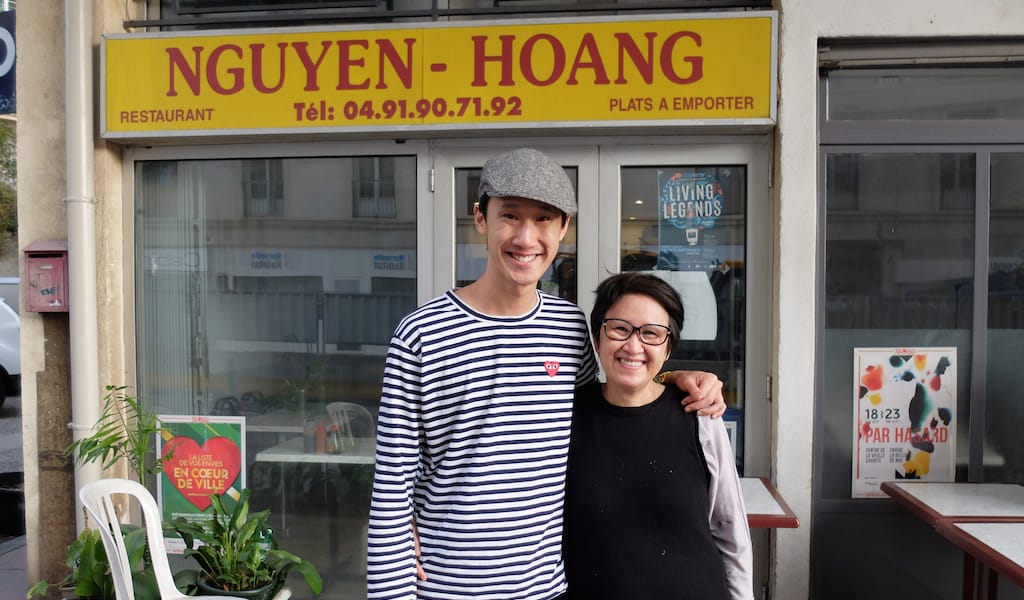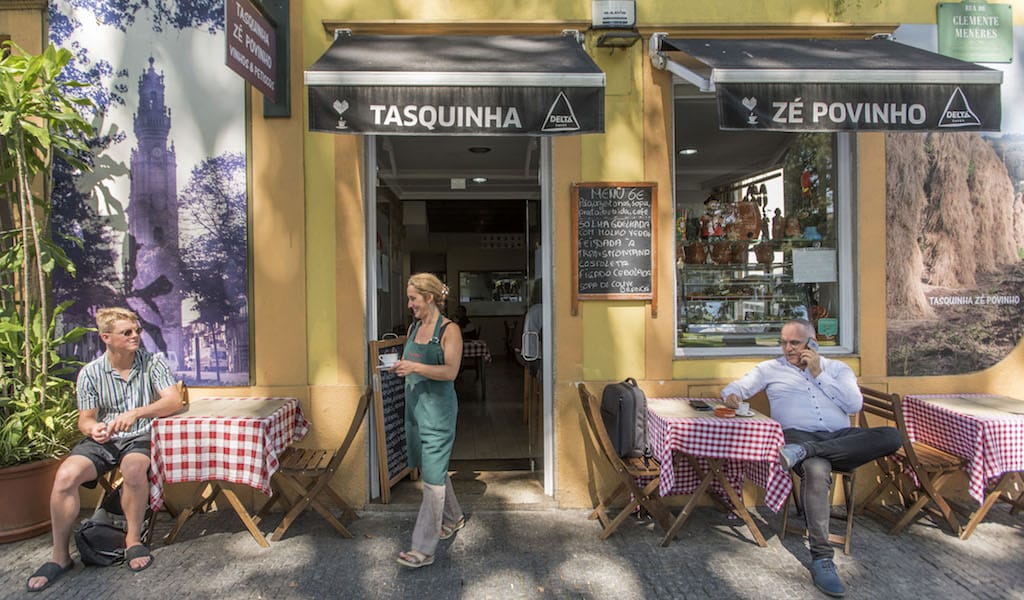There used to be a state-owned publishing house in our neighborhood with a cafeteria that served a proletariat menu that included ostri (beef stew), cold slices of beef tongue and cutlets with buckwheat or mashed potatoes. It was a stolovaya, which is the Russian word for “canteen,” but a more accurate translation would be “human fueling station of protein, carbs and vodka.” It was gutted several years ago; its ghosts now haunt the dining room of a designer hotel.
While you can find the simple stolovaya menu all over Georgia, particularly at roadhouses along the highway to the Black Sea, the workingman’s cafeteria is an institution disappearing from the Tbilisi landscape. Not that anybody’s complaining. Few people shed tears at the dematerialization of anything that represents the county’s Soviet past and stolovayas don’t rate highly in a country that takes its dining seriously. However, there is one bastion in Tbilisi’s Didube district worth noting, and not just for its retro value.
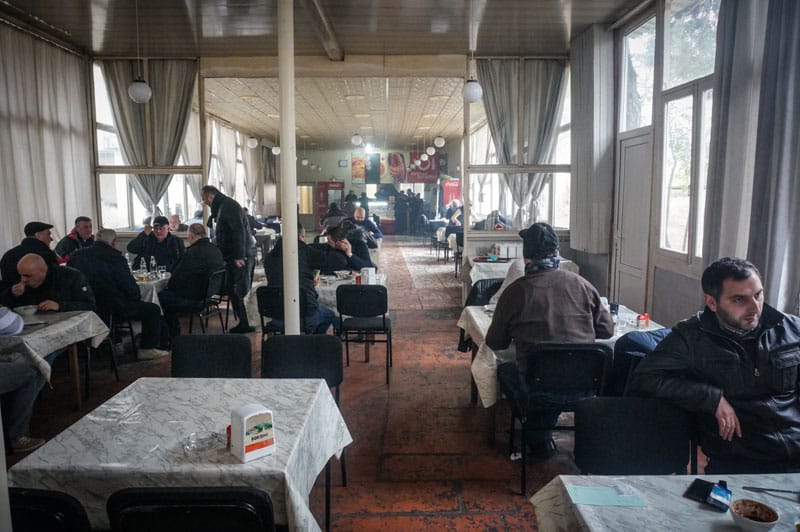
Located in the Coca-Cola bottling plant is Sasadilo Coca-Cola, a raw, no-frills, family-owned stolovaya that the late Gia Aptsiauri opened in 1995, just two years after Coke began operations in Tbilisi. It’s a busy place in a bustling neighborhood of workshops, auto repair garages and the city’s lumber and iron yards. The factory employees and local working-class stiffs make up most of the customers who jockey towards the counter – Georgians do not possess the queuing chromosome – to place their lunch orders, which are relayed back to the open kitchen in shouts, much like the iconic Greek guys at Chicago’s Billy Goat Tavern. But people do not come here for the novelty of cacophony. They come because the food is honestly good.
Gia Aptsiauri’s brothers, Vekuia and Badri, are hands-on owners, taking orders and manning the cash register. The menu board above them sets the price of most dishes at six lari – roughly US$2. Vekuia points at his brother’s shrine on a shelf and says Gia was an experienced cook whose recipes come from their native Khevsureti, a region high in the Caucasus Mountains. He insists we try their garlic-basted boiled pig’s feet and recommends their khashi – tripe soup and pig knuckles in a milky stock – but we have no hangovers to nurse and settle on a less ambitious order of kabob and kharcho.
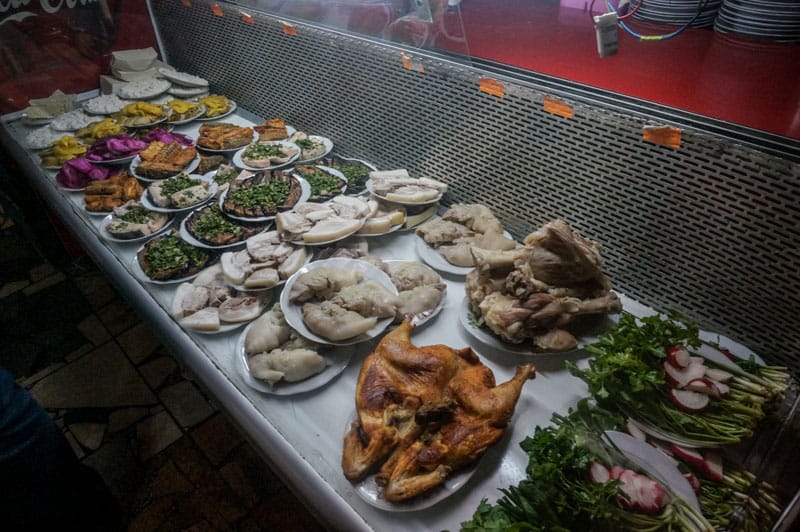
Georgia is renowned for grand feasts, monumental toastmaking and the consumption of gallons of wine in one long sitting, but the stolovaya is the other side of the gastronomic coin. For one thing, nobody drinks wine here. Two guys at the table next to us are sharing a small bottle of cognac, which in Georgia is a perfectly acceptable lunch beverage. One guy fills their glasses and the other mutters a short obligatory toast and they clink. Meanwhile, at the end of the room, five guys are plucking steaming khinkali off a platter and smoking cigarettes at the same time. It has been the same routine, hairstyles, clothes and food for over 20 years.
In a few quick minutes a waitress delivers two steaming bowls of kharcho – the prefect antidote to a cold, gray winter day. This is not the nut-based Megrelian recipe, but a spicy, rich broth of herbs, rice and fist-sized chunks of beef on the bone. It’s hard to get bad kharcho in Georgia; the trick is finding great kharcho. We dip our spoons, and from the first sip it’s clear this is no ordinary soup. It’s a drug, and we don’t come up for air until the kabobs arrive, and that’s only because we want to see if they’re as intoxicating. They’re wrapped in Armenian lavash, a thin oval flatbread. The meat is a mixture of ground pork, beef, spices and herbs. In theory they’re quite simple to prepare, they’re also really easy to mess up. They can be salty or bland, overcooked and rubbery, or undercooked and raw.
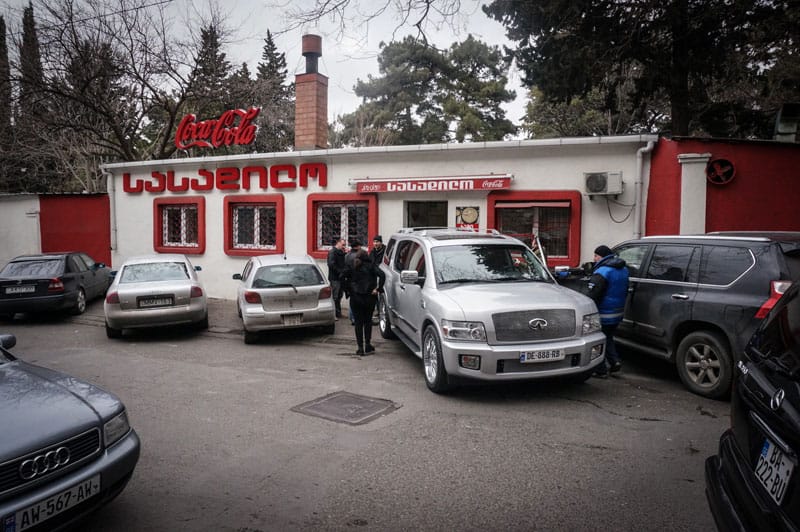
The Aptsiauri brothers serve a serious kabob – juicy, jumbo and finger-licking dangerous – but it is their kharcho that is so good, it should be illegal.
Published on March 22, 2016
Related stories
March 13, 2015
Istanbul | By Culinary Backstreets
IstanbulOver the last few years, as a growing number of Syrians fleeing the violence in their homeland have made their way to Istanbul, the Aksaray district has swiftly turned into the city's "Little Syria," filled with shops and restaurants catering to this new Syrian diaspora. CB photographer Ipek Baltutan recently spent a day walking around the…
January 24, 2020
MarseilleAfter the Vietnamese War, many of the refugees bound for France landed in Paris. A minority spread out to other French cities like Toulouse, Lyon and Marseille, the latter being a ville refuge (refuge city) due to its bustling port. The small community in Marseille used to be concentrated near Joliette, before its building boom.…
August 28, 2019
PortoWhen the late 19th-century Portuguese artist and cartoonist Rafael Bordalo Pinheiro wanted to create a vehicle through which to mock and criticize the country’s powerful elite, he settled upon the character Zé Povinho, an unsophisticated country laborer who served as a stand-in for the average citizen. While some Portuguese people took umbrage with their country’s…














































